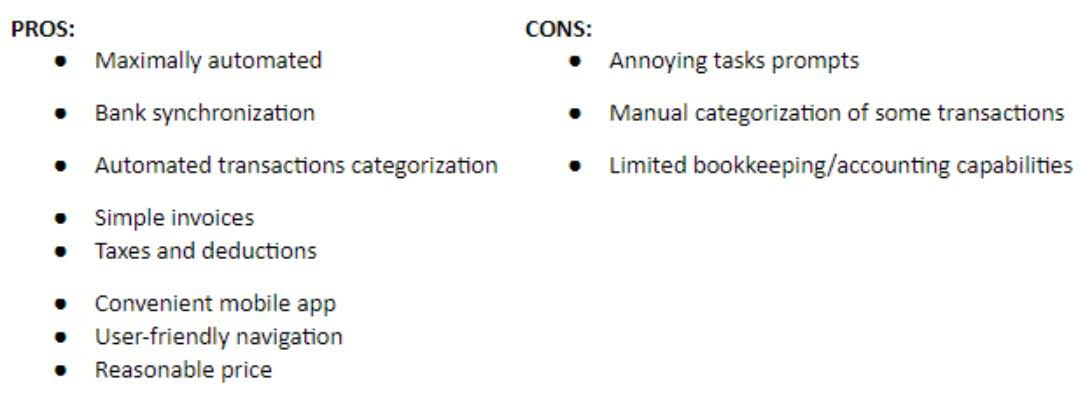10 Decision Making Frameworks for Decisions That Drive Results

In this chapter, we set out which schools are doing better and what is their key to success. People are not sure who is supposed to do what if they are unable to get a chronically absent student back to school. The volumes of cases managed by providers varies from four cases to 1,743 (providers supporting all types of referrals) and 4,397 cases for one provider supporting non-enrolled cases only. There are not enough options for students to learn things that matter to them, in ways that work for them.
- Choosing the right decision making model based on the specific situation helps stakeholders to be clear, objective, and aligned with organizational goals.
- Among the most valuable tools are decision matrices, software solutions, and collaborative platforms.
- Responses are representative of chronically absent Māori and Pacific students but are over representative of chronically absent NZ European / Pākehā students (respondents were able to select multiple ethnicities).
- Eighty-six percent of parents with chronically absent children recognise that attending school is important.
- Two out of five students who are chronically absent (41 percent of students) report finding it hard to get up in the morning as a reason they do not attend, which make students 1.8 times more likely to be chronically absent.
- We heard how complex home lives, where families are struggling with drug and alcohol addiction or other mental health needs, means school attendance is not prioritised.
- While the ‘art’ comes in how you engage your team, gather (and ignore) opinions, and announce your choice.
Part 4: What are the outcomes for chronically absent students?
This is different from England, where attendance is considered as part of Ofsted inspections, and schools may face serious consequences if attendance is unacceptably low. In NSW, attendance rates are a performance indicator within the National Education Agreement and a key performance measure in the Measurement Framework for Schooling in Australia. Most Attendance Services are facing high and increasing caseloads, and often do not have the capacity to work effectively to resolve attendance issues. Attendance Services and schools are reluctant to use legislative levers for fear of damaging their relationship with students and parents and whānau. The literature emphasises the importance of being proactive to reduce chronic absence.

Mastering Decision Frameworks: A Guide for Aspiring Leaders

Schools play a vital role in the decision making framework journey of a student, starting with the identification of their attendance patterns, to their re-engagement. Attendance Service staff are not always confident identifying the causes of students missing school. Once they identify the cause of absence, only half of Attendance Service staff (50 percent) report they always act quickly to support students. After working with Attendance Service staff, only 41 percent of chronically absent students agreed that it helped them go to school more. Aotearoa New Zealand schools face fewer ramifications for poor attendance than schools in England and New South Wales, Australia (NSW). ERO looks at school attendance at a system level, or when schools see it as a priority, but there are no clear ramifications for poor attendance in Aotearoa New Zealand schools.
Evaluating the Options

Attendance Service staff are often passionate and dedicated to improving student attendance. They have a strong focus on bettering chronically absent students’ life-time outcomes. Students’ attendance improves during the first month that Attendance Services work with them (to 63 percent), but six months after referral on average students are still chronically absent.
- Finding students who are not attending is inefficient and time consuming and causes significant delays in engaging with them.
- We heard that some schools have tried to use legislation to prosecute parents and found the process overly complex and costly.
- Here’s a closer look at each of the seven steps of the decision-making process, and how to approach each one.
- Chronically absent young adults earn the same as the total population at 17 years old.
- The option with the highest total weighted score is typically considered the best choice.
- Ninety-three percent of school leaders are confident that their school knows students’ current barriers to attendance.
Read Online
Schools are also not linking the codes to their responses to chronic absence. Attendance Officers in Attendance Services are funded to help schools with data analysis, but only 15 percent of school leaders receive help from Attendance Services to do this. The research highlights that getting students back to school is a collaborative effort. Attendance is not just the responsibility of Attendance Services and https://www.bookstime.com/ student support staff, but requires alignment across schools, Attendance Services, and other agencies.

- In addition to creating a dynamic in which candor and debate are encouraged, there are other challenges you need to navigate as you manage your team throughout the decision-making process.
- Seventy-six percent of Attendance Services report that support is not always put in place so students continue to attend once they have re-engaged.
- Chapter 4 sets out the lifetime outcomes of students’ who are chronically absent.
- There are expectations for schools to record and report on attendance, and most schools do report to the Ministry on attendance.
- Although there are guidelines for recording, and expectations for how to classify attendance patterns, it is less clear about when to identify if absence is a problem.
- In chapter 6, we showed how the system for supporting chronically absent students is inadequate.
By following a decision-making framework, individuals and organizations can make more informed and rational choices. The S.P.A.D.E framework offers a systematic approach to decision-making that enhances transparency, stakeholder engagement, and the quality of decisions made within organizations. By following each phase diligently, decision-makers can navigate complexities, mitigate risks, and achieve outcomes that contribute to organizational success and sustainability. The administrative data contains information on attendance of students who are enrolled net sales at schools. This means students who are not enrolled at schools are missing from the analysis. International evidence on effective practice in addressing chronic absence, including models from other jurisdictions.
These reasonable steps are expected to be set out in each school’s attendance management policy. Attendance management policies should also set out the school’s rules for attendance, how the school records attendance, and how the school will respond to student absences. School boards may also appoint a statutory attendance officer (see section below on statutory attendance officers). However, the voices of young people who are not enrolled in school or do not attend school regularly are difficult to access. While we have captured some of their voices, the majority of students in our sample either attend school some of the time or have been successfully returned to education. Put in place clearer roles and responsibilities for chronic absence (for schools, Attendance Services, parents and whānau, and other agencies).
Developed by Gary Klein, this model is particularly useful in high-pressure situations where quick decisions are necessary. The RPD model combines situational assessment with pattern recognition to arrive at a decision without extensive analysis. The rational model is ideal for strategic decisions such as market entry strategies, product launches, and major investments where a thorough analysis of costs, benefits, and risks is crucial. A major decision with far-reaching impacts deserves some fixation and perfectionism. However, hemming and hawing over trivial choices (“Should we start our team meeting with casual small talk or a structured icebreaker?”) will only cause added stress, frustration, and slowdowns.
